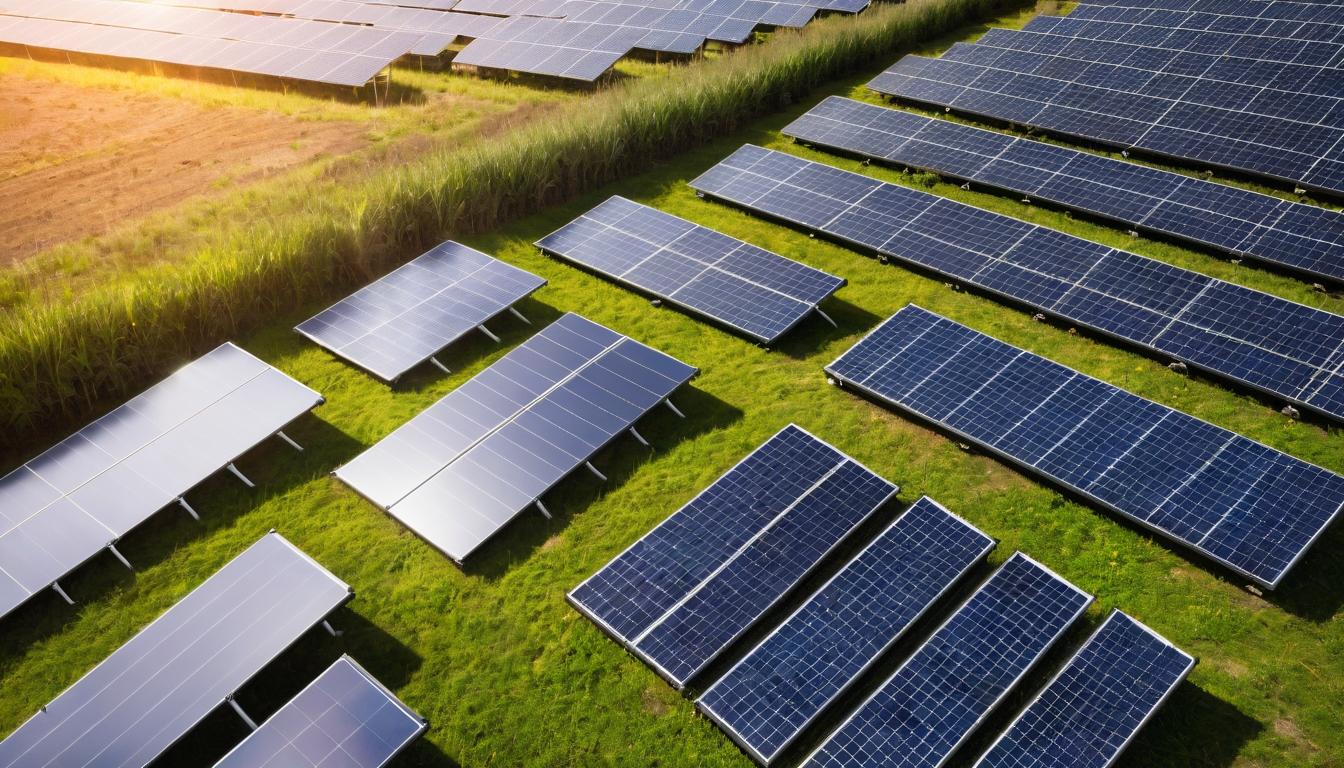The solar panels gleaming on rooftops across America represent more than just clean energy—they're ticking time bombs of electronic waste that the industry has been quietly ignoring. While manufacturers celebrate record installations and plummeting prices, a dark shadow looms over the sustainability narrative: what happens when these panels reach the end of their 25-30 year lifespan?
Walk through any solar recycling facility today, and you'll find a scene reminiscent of early computer recycling efforts—clunky, inefficient, and economically questionable. Most panels end up in landfills despite containing valuable materials like silver, copper, and high-purity silicon. The recycling rate for solar panels sits at an abysmal 10%, compared to 99% for lead-acid batteries. This isn't just an environmental concern; it's a financial time bomb waiting to explode on utility companies and consumers.
The chemistry behind panel disposal reveals why recycling remains so challenging. Modern panels use lead-based soldering and potentially hazardous materials that require specialized handling. While European manufacturers have embraced extended producer responsibility laws, U.S. companies continue to externalize these future costs onto consumers and municipalities. The result? Taxpayers will ultimately foot the bill for cleaning up the solar revolution's aftermath.
Innovative startups are finally tackling this challenge head-on. Companies like SolarCycle and Recycle PV are developing advanced processes that can recover 95% of panel materials, including the precious silver used in conductive pastes. Their mechanical and thermal separation techniques could revolutionize the economics of solar recycling, turning waste into profit centers rather than cost centers.
Meanwhile, researchers at the National Renewable Energy Laboratory are working on designing panels for easier disassembly—what they call 'design for recycling.' Their approach involves using fewer toxic materials, standardized components, and reversible adhesives that allow cleaner separation of materials. These innovations could make future panels truly circular rather than linear in their lifecycle.
The financial implications are staggering. By 2050, the U.S. will need to dispose of approximately 10 million metric tons of solar panel waste. Without efficient recycling infrastructure, disposal costs could reach $15-20 per panel—adding significant hidden costs to solar's already complex economics. Some states are beginning to mandate recycling programs, but federal legislation remains conspicuously absent.
Consumers installing solar today should ask installers about end-of-life plans and recycling partnerships. Many reputable companies now offer take-back programs, though these often come with hidden fees or requirements. The savviest homeowners are negotiating recycling costs into their initial installation contracts, protecting themselves from future disposal expenses.
The industry's silence on this issue speaks volumes. While solar trade associations promote sustainability metrics, they rarely discuss the waste stream their products create. This isn't to diminish solar's incredible environmental benefits—rather, it's a call for transparency and proactive solutions before the waste mountain becomes unmanageable.
Forward-thinking manufacturers are beginning to incorporate recycled materials into new panels, creating closed-loop systems that reduce mining needs and energy consumption. These companies aren't just solving a waste problem—they're creating competitive advantages through material security and ESG credentials that resonate with environmentally conscious consumers.
The solution requires collaboration across the value chain: manufacturers designing for recyclability, installers educating consumers, recyclers developing efficient processes, and policymakers creating supportive regulations. Europe's WEEE directive provides a useful template, though U.S. implementation would need adaptation to local market conditions.
As solar continues its explosive growth, the industry must address its waste legacy with the same innovation that drove down panel costs. The technology exists to make solar truly sustainable from cradle to grave—what's missing is the collective will to implement it at scale. The panels on your roof shouldn't become your grandchildren's problem.
The hidden costs of solar panel recycling: what manufacturers aren't telling you

